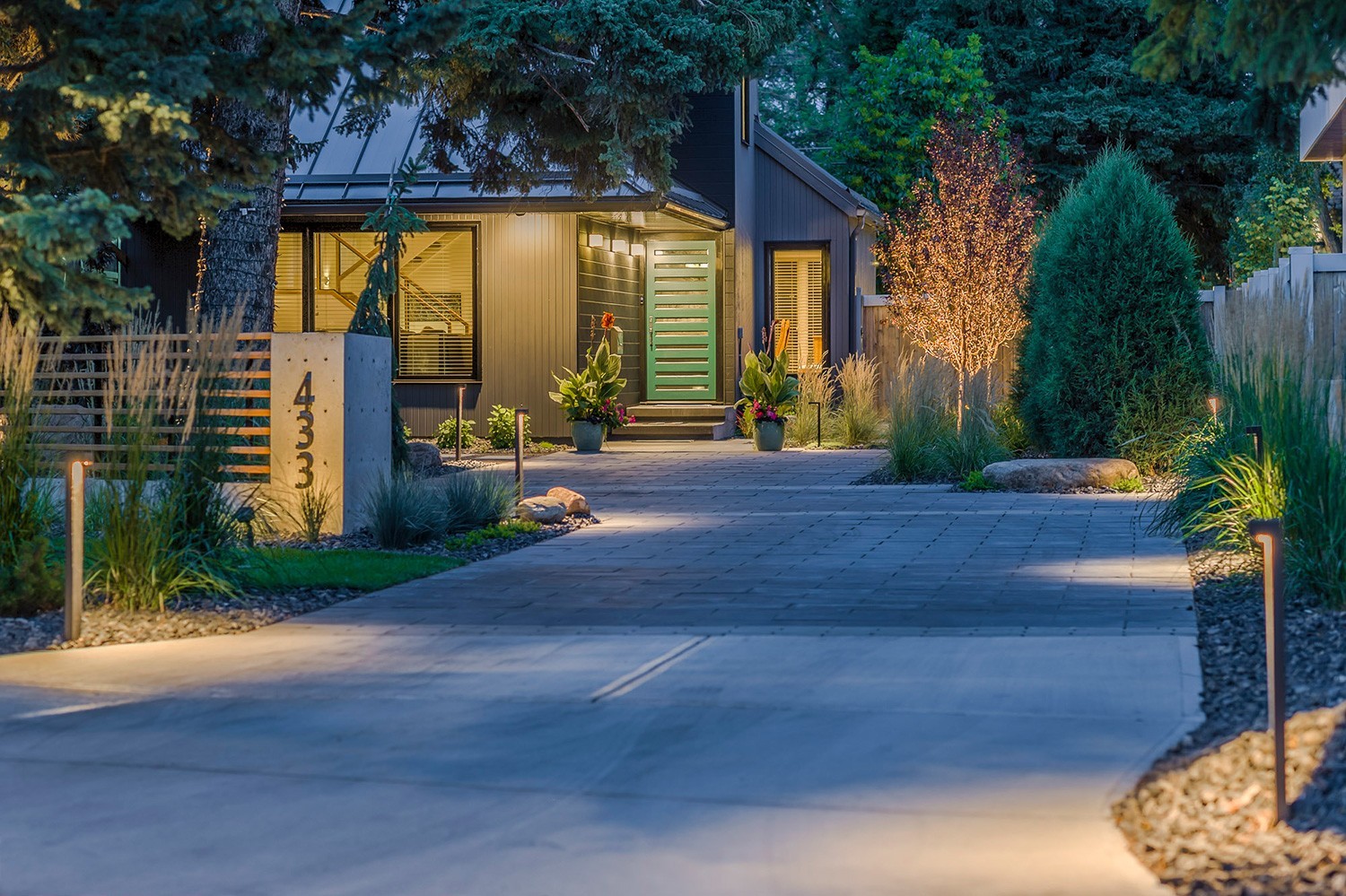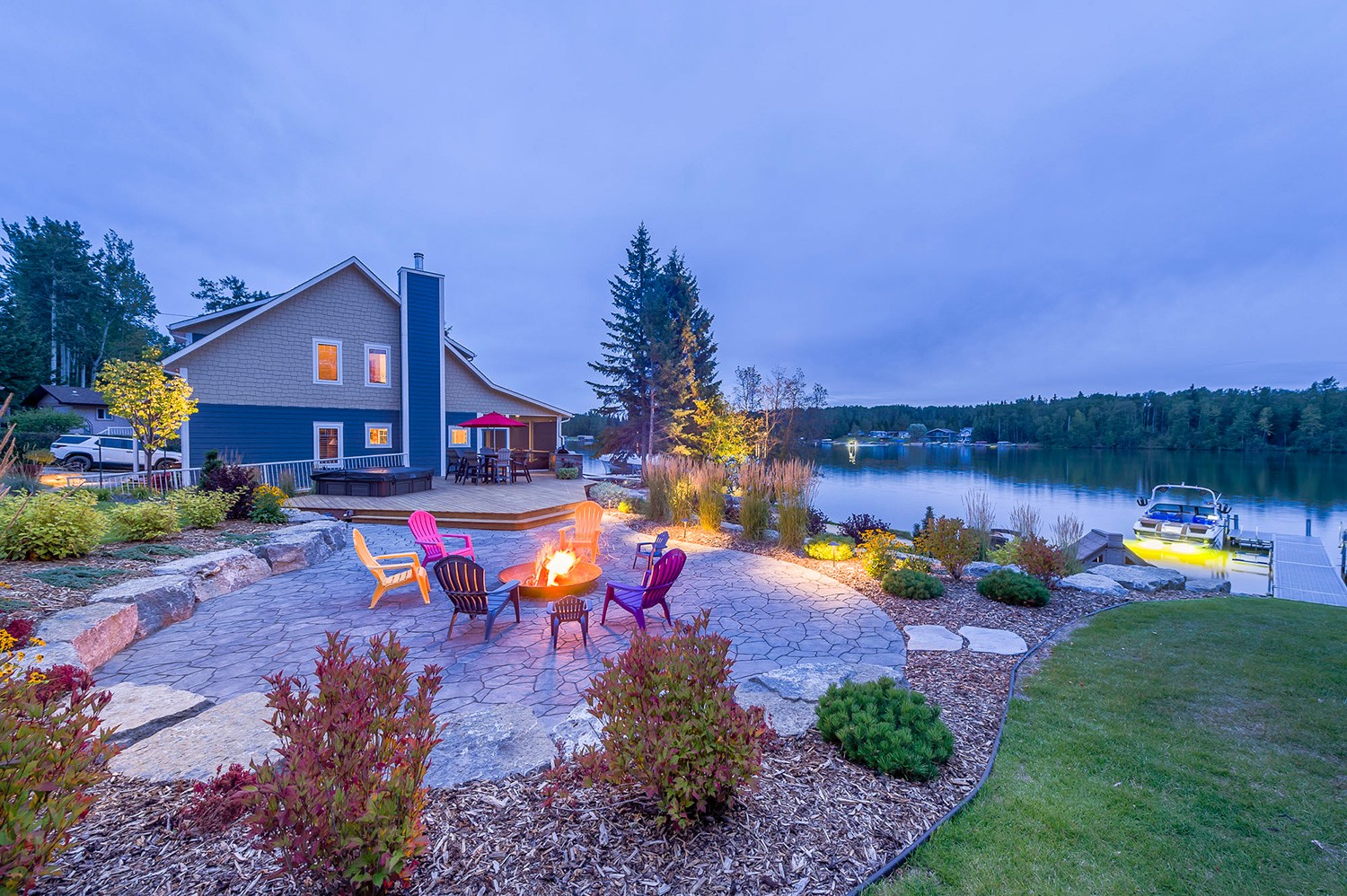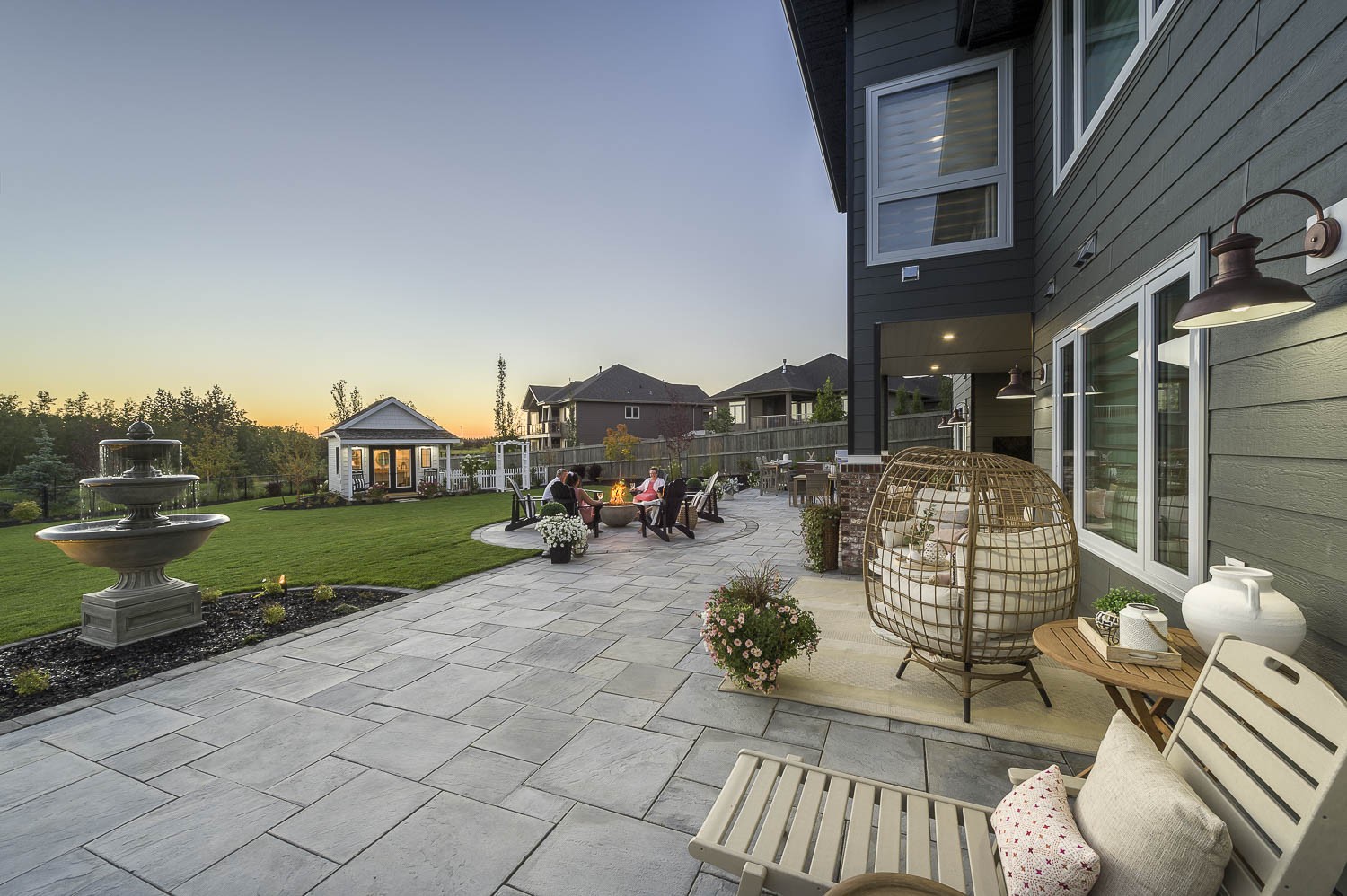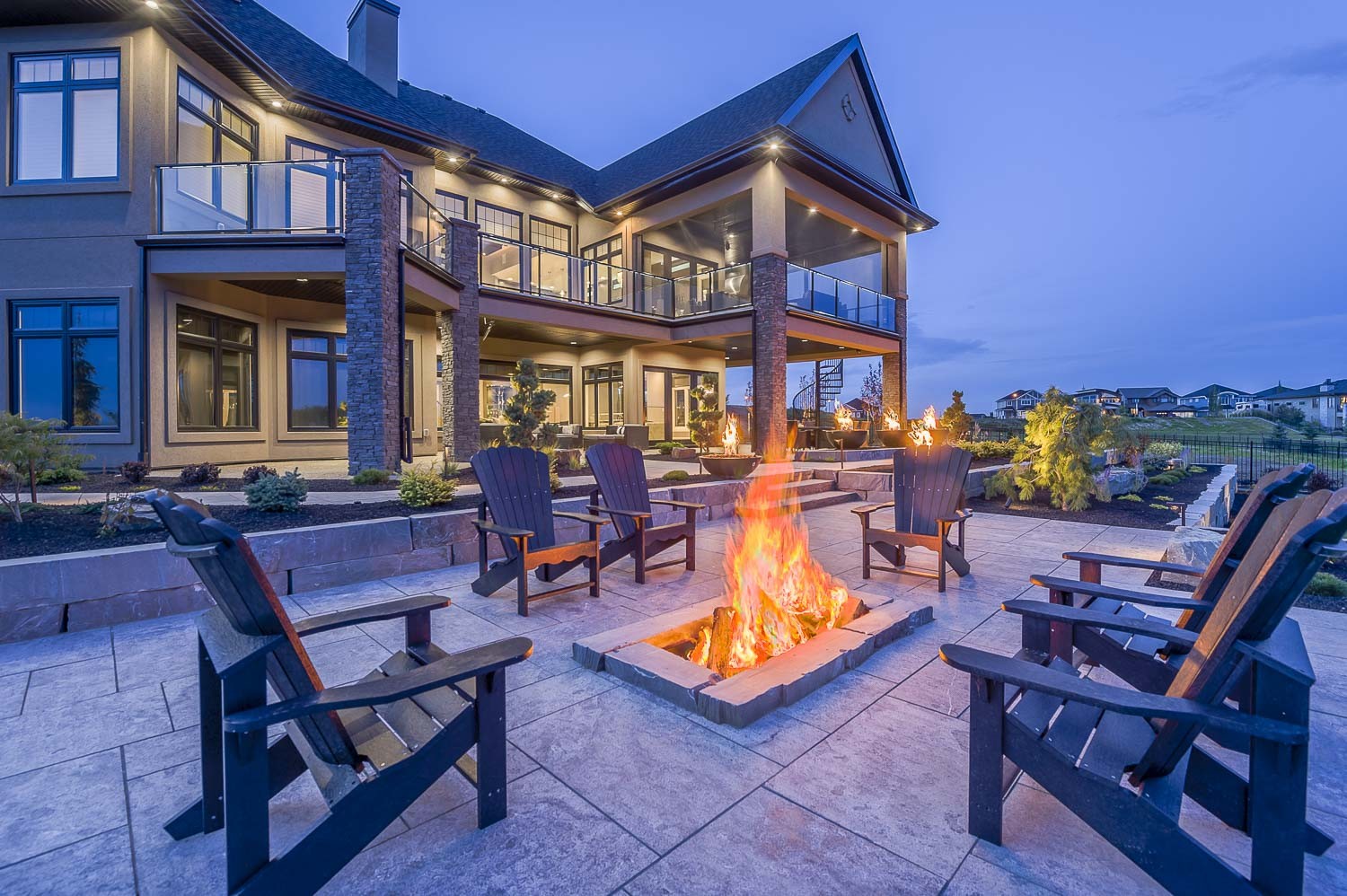Blog
The Essential Role of Residential Landscaping in Creating a Comfortable Living Space

Welcome to our blog, where we delve into the fascinating world of residential landscaping and its vital role in transforming houses into dream homes. Picture this: a lush green oasis enveloping your property, vibrant flowers dancing in the breeze, and a serene ambiance that instantly melts away the stresses of everyday life. Today, we uncover the magic behind residential landscaping and how it can elevate your living space to new heights of comfort and tranquility. So, grab a cup of coffee, settle into your favorite chair, and join us on this journey as we explore the essential role of residential landscaping in creating a truly remarkable haven you'll never want to leave!
Introduction to Residential Landscaping
When you think of residential landscaping, you might picture well-manicured gardens and lawns. But there's so much more to it than that! Residential landscaping plays a crucial role in creating a comfortable living space.
It can help to reduce noise and pollution levels, provide privacy and shelter from the sun and wind, and even make your home more energy efficient. With careful planning, your residential landscaping can be an oasis where you can relax and enjoy the outdoors.
Benefits of a Well-Designed Landscape
A well-designed landscape can provide numerous benefits for a home, including improved curb appeal, increased property value, and enhanced outdoor living space. A landscape designer can help you create a plan that takes into account the unique features of your property and your personal preferences.
Well-designed landscapes are attractive and can improve the curb appeal of a home. This is especially important if you are selling your home or want to make a good first impression on potential buyers.
A well-designed landscape can also add to the value of your home. Landscaping is one of the most cost-effective home improvement projects and it can potentially increase the resale value of your home by up to 20%.
A well-designed landscape can provide you with additional outdoor living space. This is perfect for entertaining guests or simply spending time outdoors with your family. A landscape designer can help you create an outdoor oasis that you will enjoy for years to come.
Types of Residential Landscaping
There are many different types of residential landscaping, each with its own benefits and drawbacks. Here are some of the most popular types:
1. Formal landscaping is characterized by straight lines, symmetrical design, and clipped hedges. It is often used in front yards and can create a very polished look. However, formal landscaping can be high-maintenance and may require professional help to keep it looking its best.
2. Naturalistic landscaping attempts to recreate a natural setting, using native plants and organic materials. This type of landscaping can be very beautiful, but it can also be difficult to maintain if you're not careful.
3. Xeriscaping is a type of landscaping that uses drought-resistant plants in order to minimize water usage. This can be a great option for areas with limited water resources, but it's important to choose the right plants so that your landscape doesn't end up looking too dry or barren.
4. Container gardening is a great option for people who want to add some greenery to their outdoor space without having to do much work. All you need are some pots or containers, potting soil, and your chosen plants. Container gardens can be placed on balconies, patios, decks, or anywhere else with limited space.
Design Considerations for Residential Landscaping
When planning the design of your residential landscaping, there are several important considerations to keep in mind. First, you'll need to decide what type of plants and features you want to include. Do you want a lush, green lawn? Colorful flowers? Ornamental shrubs? Once you've decided on the types of plants you want to include, you'll need to consider their placement. You'll need to take into account the size and shape of your yard, as well as the amount of sun and shade each area receives. Additionally, you'll need to make sure that your plants are properly spaced so that they have room to grow and thrive. You'll need to think about how you want to maintain your landscaping. Are you willing to water and fertilize regularly? Do you want to hire a professional landscape company? By taking these factors into consideration, you can create a beautiful and functional landscape that will add value and enjoyment to your home for years to come.
Installation and Maintenance Tips
When it comes to your home, first impressions matter. Your landscaping is often the first thing visitors see when they come to your house, so you want to make sure it’s looking its best. Regular maintenance and care of your landscaping can go a long way in ensuring that your home always looks its best.
Here are a few tips for keeping your landscaping looking great:
1. Water your plants regularly. Depending on the type of plants you have, they may need to be watered daily or just a few times per week. Check the soil regularly to see if it’s dry and give your plants a good soak if they need it.
2. Fertilize regularly. Fertilizing your plants helps them stay healthy and look their best. Many plants need to be fertilized every few weeks during the growing season.
3. Prune dead or dying branches and leaves. Regularly pruning dead or dying branches and leaves helps keep your plants healthy and looking neat and tidy.
4. Remove weeds as soon as they appear. Weeds can quickly take over a garden bed if left unchecked, so pull them out as soon as you see them appearing.
5. Add mulch to help retain moisture and prevent weeds from growing. A layer of mulch around your plants helps keep the soil moist and prevents weed seeds from germinating.
Popular Plant Varieties for Residential Landscaping
When it comes to choosing plants for your home landscape, there are many factors to consider. But with so many different types of plants available, it can be difficult to know where to start. If you're looking for some guidance on which plants are popular among homeowners, here are a few varieties to consider:
1. Perennials: Perennials are a great option for homeowners who want low-maintenance plants that will come back year after year. Some popular perennial varieties include daylilies, and lilies.
2. Annuals: Annuals are perfect for adding color and excitement to your landscape. They typically only last one growing season, but they can make a big impact in a small space. Popular annual varieties include impatiens, petunias, and marigolds.
3. Trees: Trees not only provide shade and beauty, but they can also help increase the value of your home. Some popular tree varieties for landscaping include maple trees, oak trees, and fruit trees.
4. Shrubs: Shrubs are a versatile addition to any landscape. They can provide privacy, act as boundaries, or simply add aesthetic appeal. Popular shrub varieties include azaleas, hydrangeas, and boxwoods.
Residential landscaping is essential for creating a comfortable living space. By combining the right plants, trees, shrubs and other features, you can create an outdoor area that is both aesthetically pleasing and functional. With careful planning and maintenance, your residential landscape design will not only enhance your home's value but also provide a place of relaxation for family gatherings or hosting events. Investing in residential landscaping is a rewarding experience that will last for years to come.


